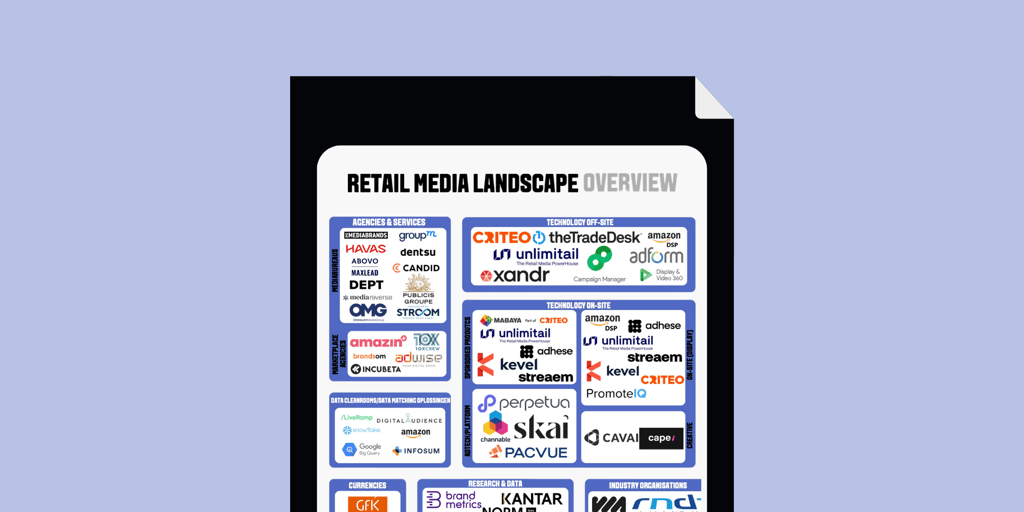
NeuroSnippets
Neuromarketing; wellicht nog een abstract begrip voor veel media- en marketingspecialisten. Wat is neuromarketing precies en hoe kan het je marketingstrategie helpen? Aan VIA-taskforce Creatie de taak om zoveel mogelijk complexiteit uit het begrip Neuromarketing te halen en dichter bij media-en marketingspecialisten te brengen. Aan de hand van bold statements over neuromarketing kom je meer te weten over dit onderwerp.
Experts uit onze branche geven hun mening over deze neurosnippets.
Make your customers feel
Source: Philipp Wolf, CEO Custify
"Customers want to engage with brands who make them feel. An emotional connection develops loyalty before a lead has made a purchase decision."
Response
"I agree, after all, we are first people who need to find out the emotional need behind a service in order to connect successfully, now and for a longer-term relationship".
Jochem van Berne, Head of Marketing & Communication at Akvo
Tip: With facial recognition you can measure a more objective emotional response.
Price dictates our perception towards a product or service
Dr. Hilke Plassmann, Professor at INSEAD
"Our brain attempts to ‘trick’ us into thinking a higher price tag means a better product."
Response
"Correct, in general, the more expensive something is, we link quality to it. It influences your so-called brand value. An interesting conversation with my 11-year-old nephew led to the comment that he never wants to be seen in that, with Nike being his benchmark. A campaign in which a Zeeman shoe was deemed ugly by him has been canceled out by showing a Nike shoe that is yellow and blue and almost the same as the Zeeman shoe we were talking about."
Jochem van Berne, Head of Marketing & Communication at Akvo
Tip: Be aware that associations – such as color, typographical choices, etc. – go beyond price alone.
Don’t put anything in the so-called “the corner of death"
Source: Thomas Z. Ramsøy, Neurons
"Neuroscience study indicates that almost 50% of all ads - half of the ads - place the logo in the bottom right corner, called “the corner of death”. The area is well known to be a place nobody pays attention to."
Response
"Is this still correct? A specific qualification of a so-called 'angle' is actually no longer applicable due to the amount of touchpoint and varying ratios. The world has changed and certain studies from the 10's have become obsolete."
Roderick Reichenbach, co-founder of Braingineers
Tip: Research shows that a varied placement of your brand logo is proven to result in recognition and memory of your brand. Neuro-marketing analysis like EEG, heatmaps or Implicit tests may help in making these decisions.
Great advertisement connects with people’s emotions
Source: Pr. Arnaud Pêtre, CEO & Funder of Brain Impact
"Emotions and decisions are linked. A good advertisement will lead to an important activation of the brain regions involved in emotional processes."
Response
"You need to take time to disconnect from the current overwhelming emotions or feelings and work from there. Think about what the brain needs."
Heleen Westerhuijs, Founder The Coaching Forward
Tip: Don’t focus on the numbers alone. Disconnect from how things work currently.
Focus on losses and gains
Source: Kahneman and Tversky (Prospect theory)
"People make decisions based on the potential value of losses and gains rather than the final outcome. Framing is a technique that can direct your customers to feel a certain way. You can make them fear a loss or become excited about a possible gain. Research shows that customers respond to framing in predictable, measurable ways."
Response
"Agree - people see things in terms of gains and losses. This also applies to positive outcomes versus threat outcomes. You can focus on the reward of doing something or the loss of not doing it. Follow-up Q: Do you think focussing on the reward results in better outcomes? This depends, the quit smoking campaign focussed a lot on the negative outcomes of smoking but this only worked up to a certain point. When the consumer gets empowered and shows that stopping smoking is positive, it had a longer and bigger impact on driving that change."
Emily Veraart, Strategy Director at MediaMonks
Tip: We use this in actively the strategy that we build. When marketing, we think of the product benefits and we then take a step back and decide if we lean in on the positive outcomes of using it or the negative outcomes of not using it. We also take into account the environment and what is happening in the world so, with the recent anxiety that we see, we decided to take a positive spin for a client.
90% of decision-making lives within the subconscious
Source: Neuro-insight
"90 percent of decision-making lives within the unmapped expanse of the subconscious. But today’s strategy, product, and marketing decisions are still being based on conscious, self-reported data"
Response
"Hard one, lots of decision-making is done before you make the decision as it leads up to it. We tend to allocate the decision to that last one big assumption. We do a lot of marketing based on assumptions (women like dogs) and use this as a guiding principle. Or we tend to think people that look like each other make the same decisions based on that one common feature."
Emily Veraart, Strategy Director at MediaMonks
Tip: What is hard for us as marketers is that we are limited in understanding the back story. We need to make assumptions. The more data sources we have, the more unexpected patterns we can find that tell this back story.





